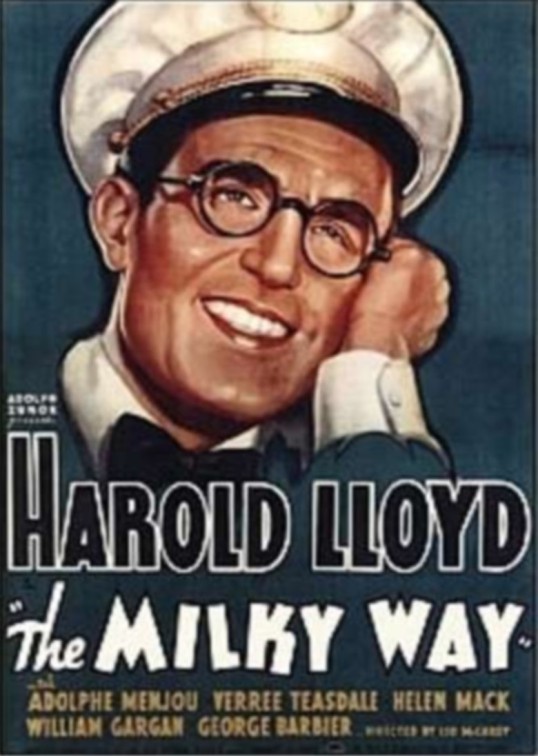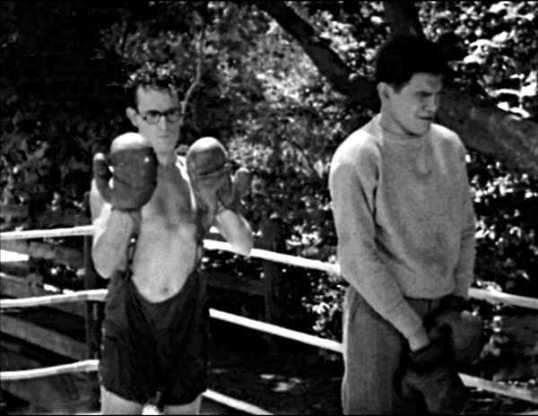Weird movie, this one.
The 1989 film, Wicked Stepmother, was Bette Davis’s final film. She was cast as Miranda, an enigmatic woman who meets and marries a man named Sam (Lionel Stander). Sam’s daughter, Jenny (Colleen Camp) and her husband, Steve (David Rasche), are stunned to come home from a vacation just to discover Miranda living in their house. Miranda chain-smokes, despite Jenny and Steve asking her not to. Miranda cooks and eats meat, despite Jenny being a vegetarian. Miranda brags about her sex life which freaks Jenny out even though I suppose really old people do occasionally have sex. When it becomes apparent that Miranda is a witch who seduces and shrinks her victims, Jenny decides that something must be done.
Wicked Stepmother was not only Bette Davis’s last starring role but it was also the last production that she ever walked out on. Early on in filming, she announced that she didn’t like the script, she didn’t like the way she was being filmed, and that she didn’t like the director, venerable B-move maestro Larry Cohen. For his part, Cohen said that Davis left the movie because she was in bad health but she didn’t want to announce that to the world. In Cohen’s defense, Davis does appear to be rather frail in the movie and often seems to be having trouble speaking. (Davis has a stroke a few years before appearing in Wicked Stepmother.) Davis died just a few months after Wicker Stepmother was released so I tend to assume that Cohen was correct when he said that the main reason Davis left the film was because of her health. That doesn’t mean the script wasn’t bad, of course. But, in the latter part of her career, Davis appeared in a lot of badly written movies. She did Burnt Offerings, afterall.
Regardless of why she left, Davis’s absence did require that Wicked Stepmother work around her character. But how do you do that when Bette Davis was literally the title character? This film’s solution was to bring in Barbara Carrerra as Priscilla, Miranda’s daughter. It turns out that Miranda and Priscilla both inhabit the body of a cat but only one of them can use the body at a time. So, when Priscilla is in the cat, Miranda is among the humans. When Miranda is in the cat, Priscilla is …. well, you get the idea. In the film, Priscilla leaves the body of the cat and then refuses to reeneter it because “I’m having too much fun.” So, whenever we see the cat glaring in the background, we’re meant to assume that we’re actually seeing Miranda in the background.
Got it?
Now, believe it or not, the whole thing with the cat is probably the least confusing thing about Wicked Stepmother. Jenny can’t convince Steve that Miranda and Priscilla are actually witches. Steve actually has sex with Pricilla and is shocked when Priscilla starts to turn into a cat but the whole incident is never mentioned again and Steve quickly goes from being an adulterous jerk to a loyal husband. Sam goes on a game show and, with Priscilla’s help, wins a lot of money even though the questions that he answered were so simple that he shouldn’t have needed the help of a witch’s spell. (“Who won the election of 1876?” is one question. The correct answer, by the way, is Rutherford B. Hayes. Screw you, Samuel Tilden.) Jenny gets some help from a cop, a private detective, and a priestess of some sort. The whole thing ends with a big magical battle that involves Barbara Carrera mouthing pre-recorded Bette Davis dialogue.
None of it makes any sense. The special effects are incredibly cut-rate. It’s hard not to regret that Bette Davis didn’t go out on a better film. And yet, when taken on its own terms, Wicked Stepmother itself is oddly likable. Colleen Camp is sympathetic as Jenny, which is saying something when you consider that Jenny is written to be a humorless vegetarian. Lionel Stander appears to be having fun as Sam. Larry Cohen was a good-enough director that, even though he couldn’t save the film from its own bad script and miniscule budget, the movie itself is never boring. It’s cheap and stupid but its watchable in the same way that Michael Scott’s Threat Level Midnight was watchable. It may not be particularly good but you just can’t look away.







